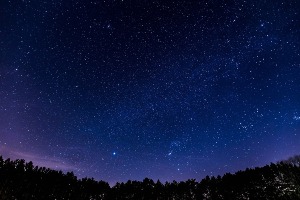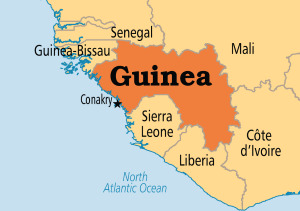The Science Behind the Destructive Power of Avalanches

Do you know how avalanches are created? Avalanches usually develop after prolonged snowfalls, and they can occur frequently in mountainous areas.
An avalanche, in simple terms, is a mass of loosened snow and earth that travels downhill. They can begin as a small ball of snow and as they travel down a mountain it grows bigger and bigger each second.
Due to their unexpectedness, an avalanche can be very dangerous since it can lead to death if caught in one. For instance, in January of 1718, a village in Switzerland, Leukerbad, was buried by a giant avalanche. Over 50 houses disappeared in the snow in an instant and around 52 villagers were buried in snow. [Read More]









